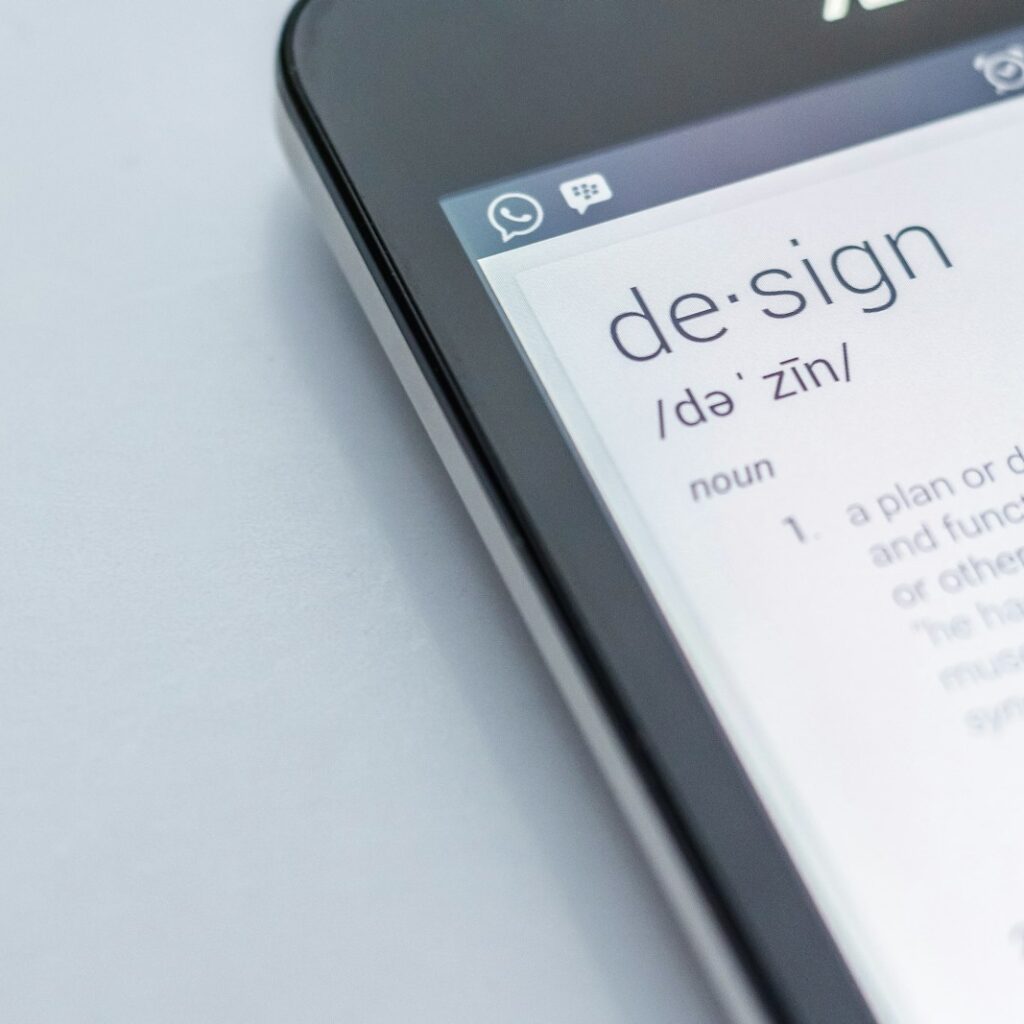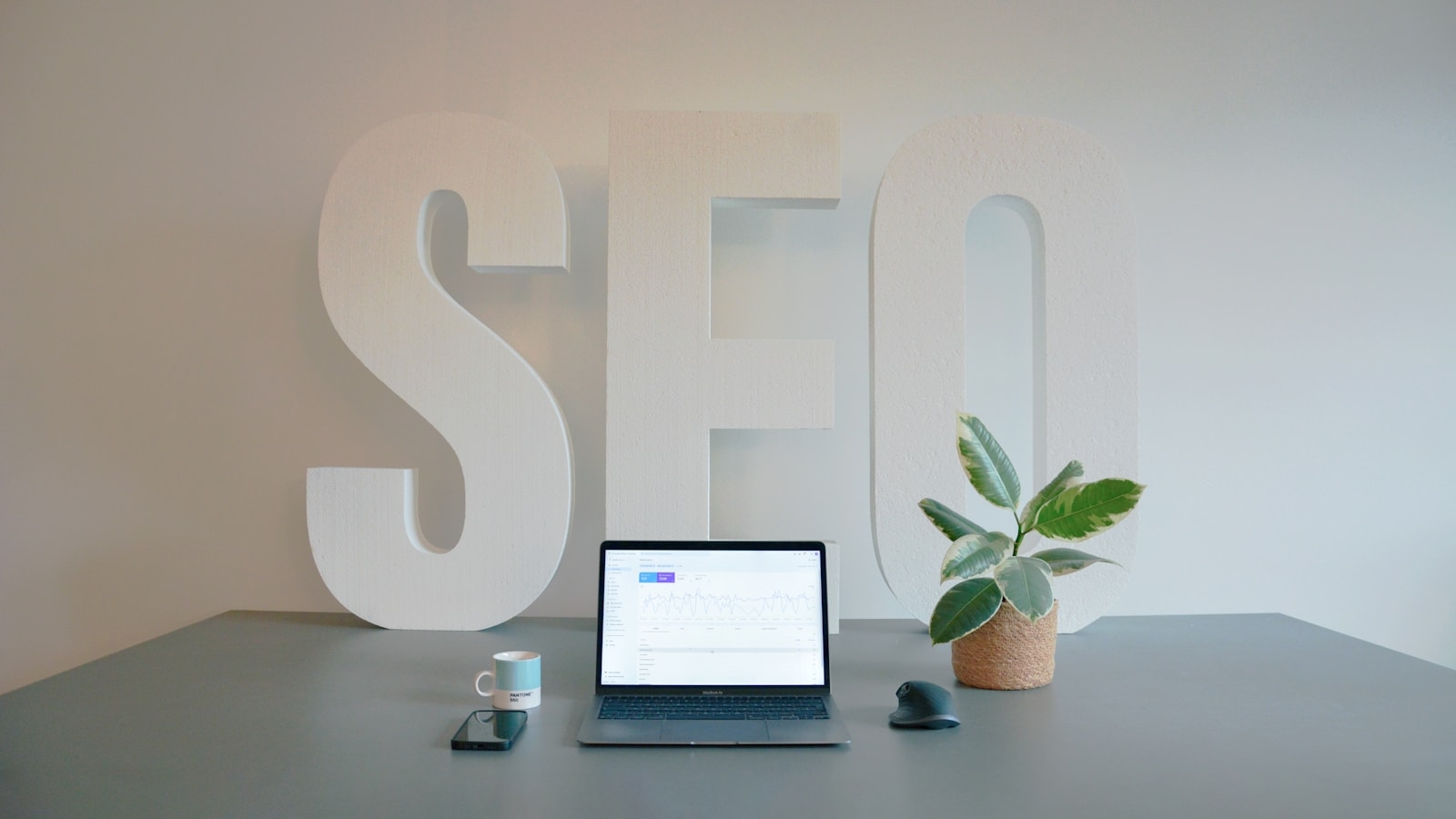If you’re running a hotel and want to improve your online visibility, on-page SEO is an essential part of the equation. Whether you’re a boutique hotel in Goa, a luxury resort in Maldives, or a business hotel in Bengaluru, having a solid on-page SEO strategy can significantly enhance your website’s ability to rank higher in search engines. This, in turn, leads to more visitors, inquiries, and bookings—especially for travelers searching online.
What is On-Page SEO?
On-page SEO refers to the practice of optimizing individual web pages on your hotel website to improve their rankings and relevance for specific keywords on search engines like Google. This includes both the content and the HTML source code of your web pages.


Unlike off-page SEO (which involves building backlinks and other external factors), on-page SEO focuses on making your website as search-engine-friendly as possible by optimizing your content, meta tags, images, and user experience elements.
For hotel websites, on-page SEO involves:
- Optimizing content to target relevant keywords
- Enhancing user experience with fast-loading pages, easy navigation, and mobile responsiveness
- Structuring your website in a way that helps both users and search engines understand its content
Let’s dive into the most important on-page SEO elements you should focus on for your hotel website.
1. Keyword Research: The Foundation of On-Page SEO
Effective keyword research is the first step in building a successful on-page SEO strategy. Keywords are the search terms potential guests use to find hotels, whether they’re looking for a place to stay in New Delhi, Bali, or Paris.
How to Conduct Keyword Research for Hotels:
- Start with location-based keywords: For example, if your hotel is in Mumbai, your primary keyword could be “hotels in Mumbai” or “best hotels near Gateway of India.”
- Use long-tail keywords: Long-tail keywords are longer, more specific search phrases that capture the intent of travelers. For example, instead of just “luxury hotels in Goa,” target a phrase like “family-friendly luxury hotels in Goa near the beach.”
- Use keyword research tools: Tools like Google Keyword Planner, SEMrush, and Ahrefs can help you identify the best keywords for your hotel and measure search volume and competition.
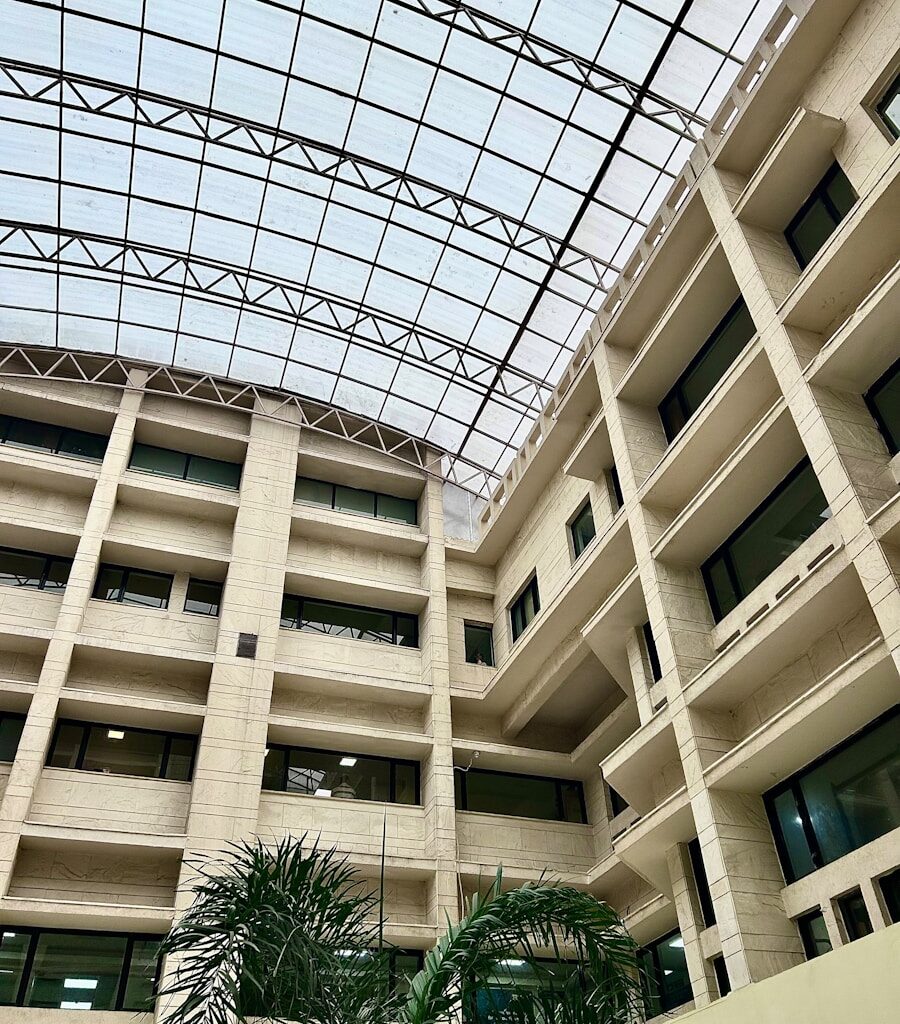
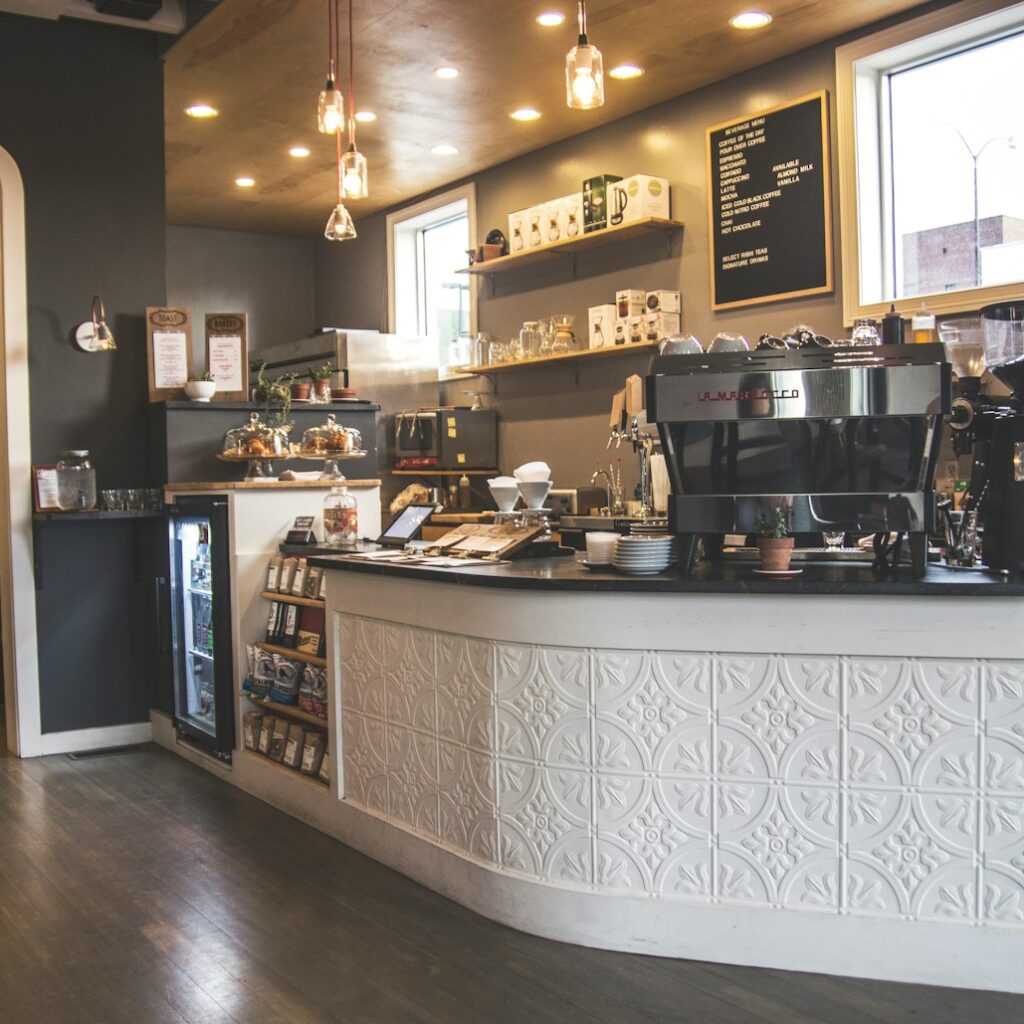
Once you’ve identified your keywords, strategically place them throughout your website in the following places:
- Page titles
- Headings (H1, H2, etc.)
- Meta descriptions
- Body content
- URLs
- Alt text for images
Be sure to use keywords naturally. Keyword stuffing—using too many keywords unnaturally—can hurt your rankings and deter potential guests.

2. Optimize Your Title Tags and Meta Descriptions
The title tag and meta description are two of the most important on-page SEO elements for hotel websites. These HTML elements tell both search engines and users what a page is about, influencing click-through rates (CTR) in search results.
- Title Tag: This appears as the clickable headline in search results and should include your primary keyword. Keep it under 60 characters to ensure it displays fully in search results.
- Example: “Luxury Hotels in Goa – [Hotel Name] | Book Direct & Save”
- Meta Description: This is the short paragraph of text that appears beneath your title tag in search results. While it doesn’t directly impact rankings, a compelling meta description can improve CTR by encouraging users to click on your website. Keep it under 160 characters.
- Example: “Book a stay at [Hotel Name] in Goa. Enjoy luxury rooms, stunning beach views, and excellent amenities. Book directly and save up to 15%!”


3. Header Tags: Organize Content for Users and Search Engines
Header tags (H1, H2, H3, etc.) are essential for structuring your content and making it easier for both search engines and users to navigate your hotel website.
- H1 Tag: The H1 tag is typically reserved for the page’s main title, and it should include your primary keyword. For example, on your hotel homepage, the H1 might be “Welcome to [Hotel Name] – Best Luxury Hotel in [City].”
- H2 and H3 Tags: Use H2 and H3 tags for subheadings to organize your content. These help search engines understand the structure of your page, improving the likelihood of ranking for related search queries.
- Example H2: “Why Choose [Hotel Name] for Your Stay in [City]?”
- Example H3: “Prime Location near [Popular Landmark]”
Header tags also improve the user experience by making content easier to skim, which can reduce bounce rates and encourage visitors to spend more time on your website.


4. Optimize Your Content for User Intent
Your hotel website’s content should not only target specific keywords but also focus on satisfying the user’s search intent. Users who search for hotels are likely looking for answers to specific questions, such as:
- What amenities does the hotel offer?
- What is the location of the hotel?
- Are there any special promotions or packages available?
- What do past guests say about their experience?
To align with user intent, you should:
- Create informative, relevant content: For example, if your hotel is in Udaipur, a blog post titled “Things to Do Near Our Udaipur Hotel” can capture interest from potential guests planning their trip.
- Provide answers to common questions: Include FAQs on your website, such as “What time is check-in/check-out?” or “Do you offer airport shuttle services?”.
- Highlight local attractions: Use your hotel’s proximity to popular landmarks or attractions in your content to enhance your site’s relevance for travelers searching for nearby accommodations.
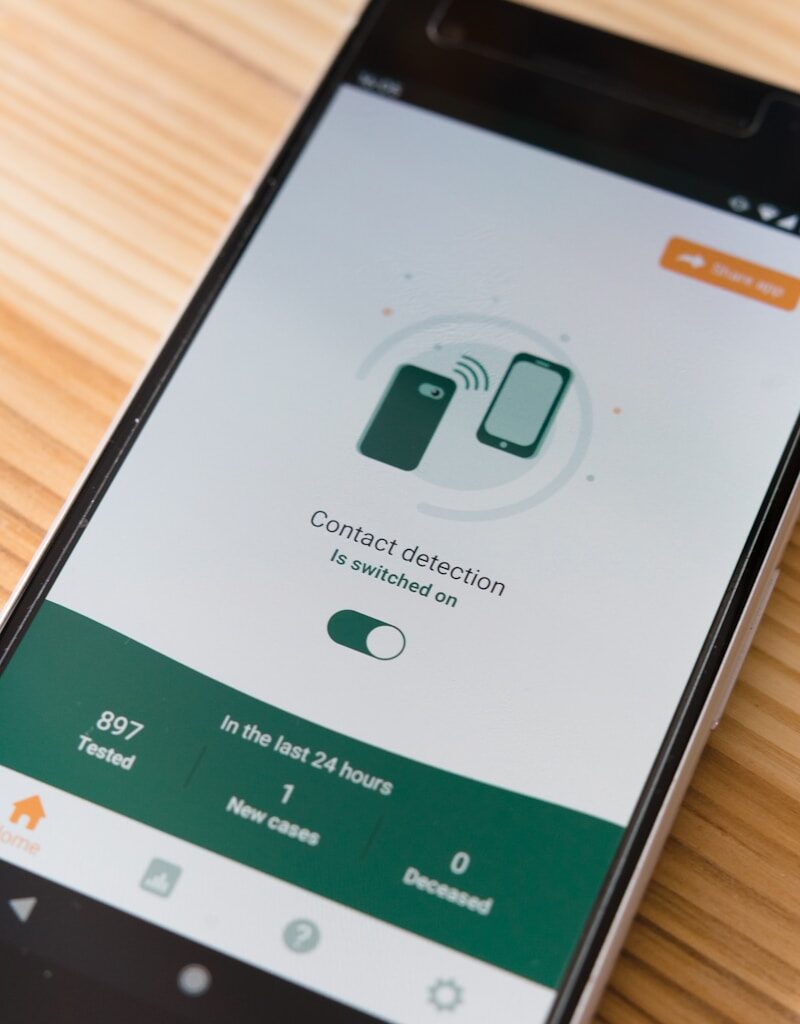
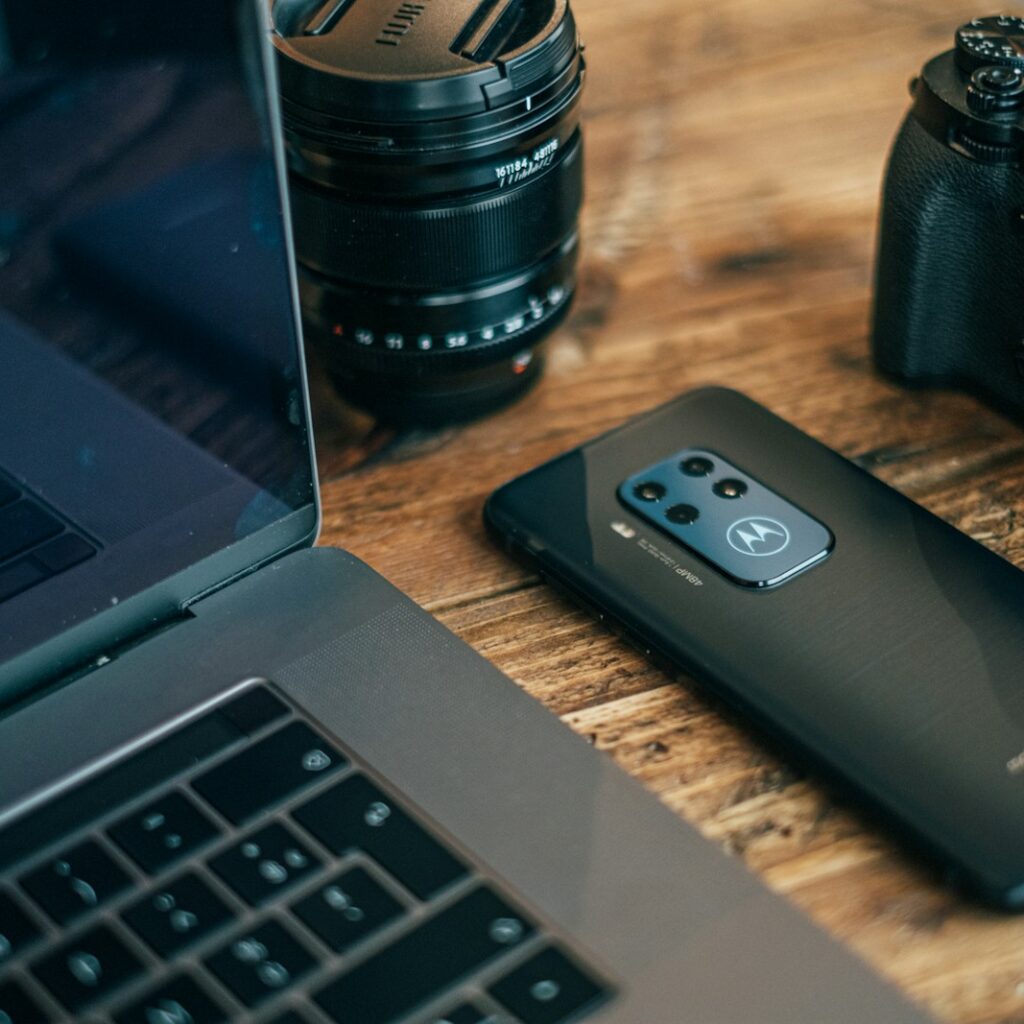
5. Image Optimization: Faster Load Times and SEO Boost
Hotel websites are image-heavy, with photos of rooms, amenities, and local attractions. Optimizing images is essential for improving website load times (which impacts SEO) and providing a better user experience.
Steps for Image Optimization:
- Compress images: Use tools like TinyPNG or ImageOptim to reduce the file size of your images without losing quality.
- Use descriptive file names: Instead of using a generic file name like “image1.jpg,” name it something descriptive like “luxury-suite-mumbai.jpg.”
- Optimize alt text: Add alt text to every image, describing what the image is about and incorporating relevant keywords. For example, for an image of your hotel pool, use: “Hotel pool in Goa with ocean views – [Hotel Name].”
Not only will this improve the page’s load speed, but it will also help your images appear in Google Image Search, bringing in more traffic.
6. Internal Linking: Guide Users Through Your Website
Internal linking helps search engines crawl and index your hotel website’s pages while also guiding users to more relevant content. For example, linking from your hotel homepage to the booking page or a specific room type helps both visitors and search engines navigate your website better.
Best Practices for Internal Linking:
- Use anchor text that is descriptive and natural.
- Example: “Check out our luxury beachfront suites for an unforgettable stay in Goa.”
- Avoid over-linking; include internal links only where they make sense and add value.
- Link to high-priority pages such as rooms, special offers, booking, and local attractions.
Internal links also help distribute page authority across your website, boosting the rankings of more important pages.
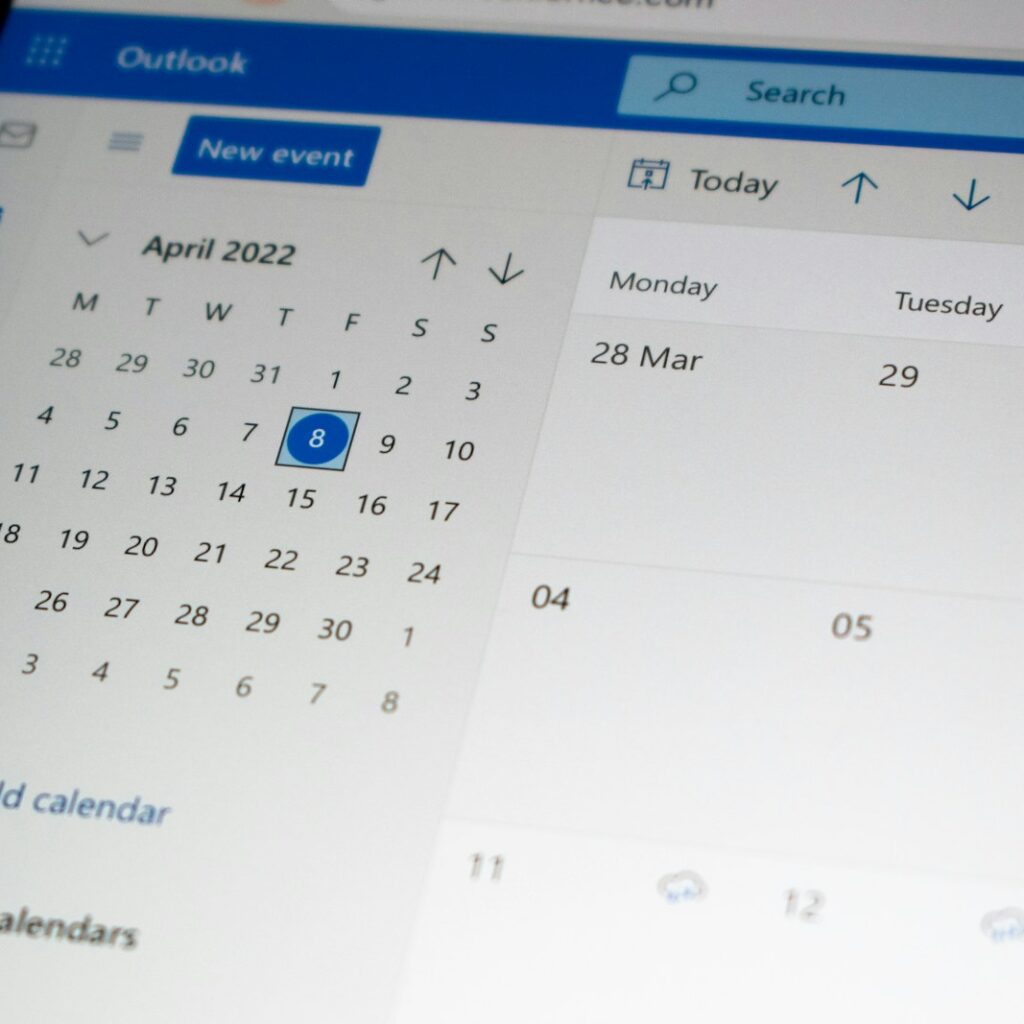
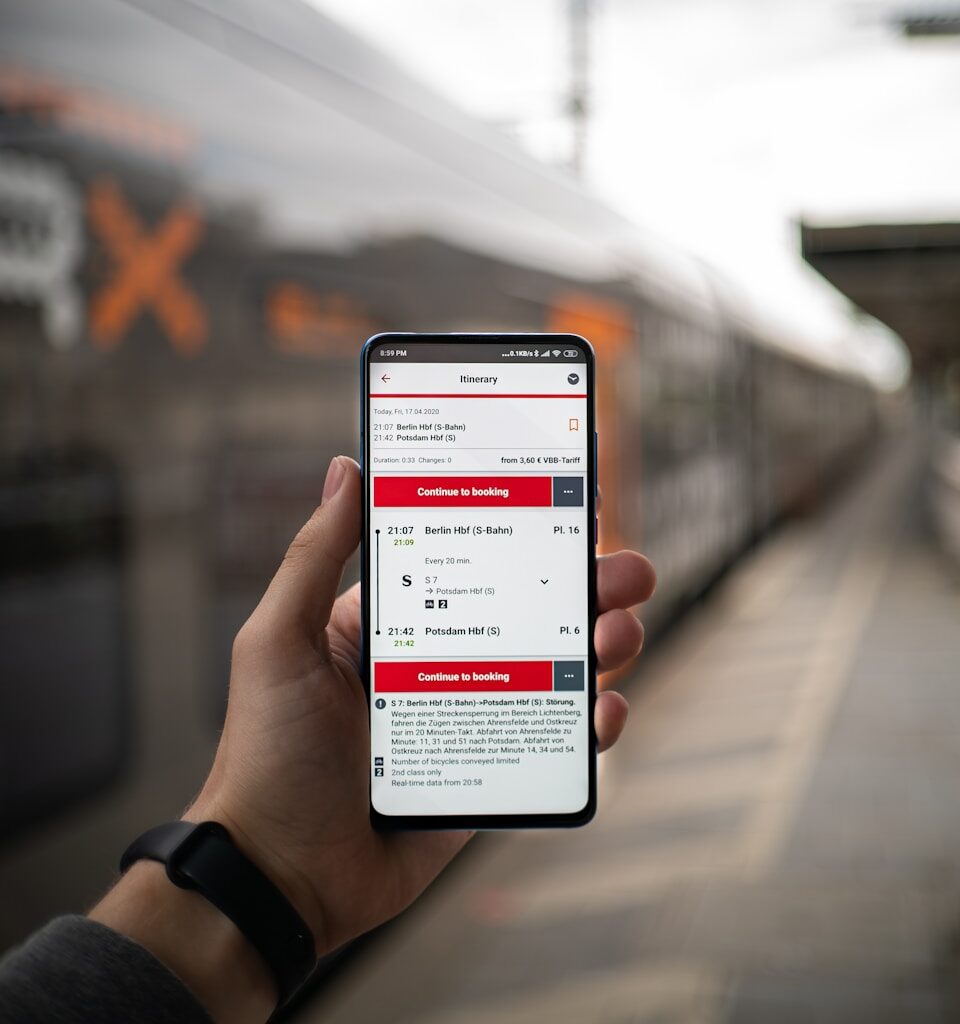
7. Mobile Optimization: A Must for Hotel Websites
With more than half of all hotel bookings now made via mobile devices, ensuring your hotel website is mobile-friendly is crucial for both user experience and SEO.
Mobile Optimization Tips:
- Responsive design: Your website should automatically adjust to different screen sizes.
- Fast loading times: Mobile users expect pages to load quickly. Use tools like Google PageSpeed Insights to test and improve speed.
- Simple navigation: Make it easy for mobile users to find key pages, such as booking and contact details.
Google also uses mobile-friendliness as a ranking factor, so optimizing for mobile is essential for both SEO and booking conversions.

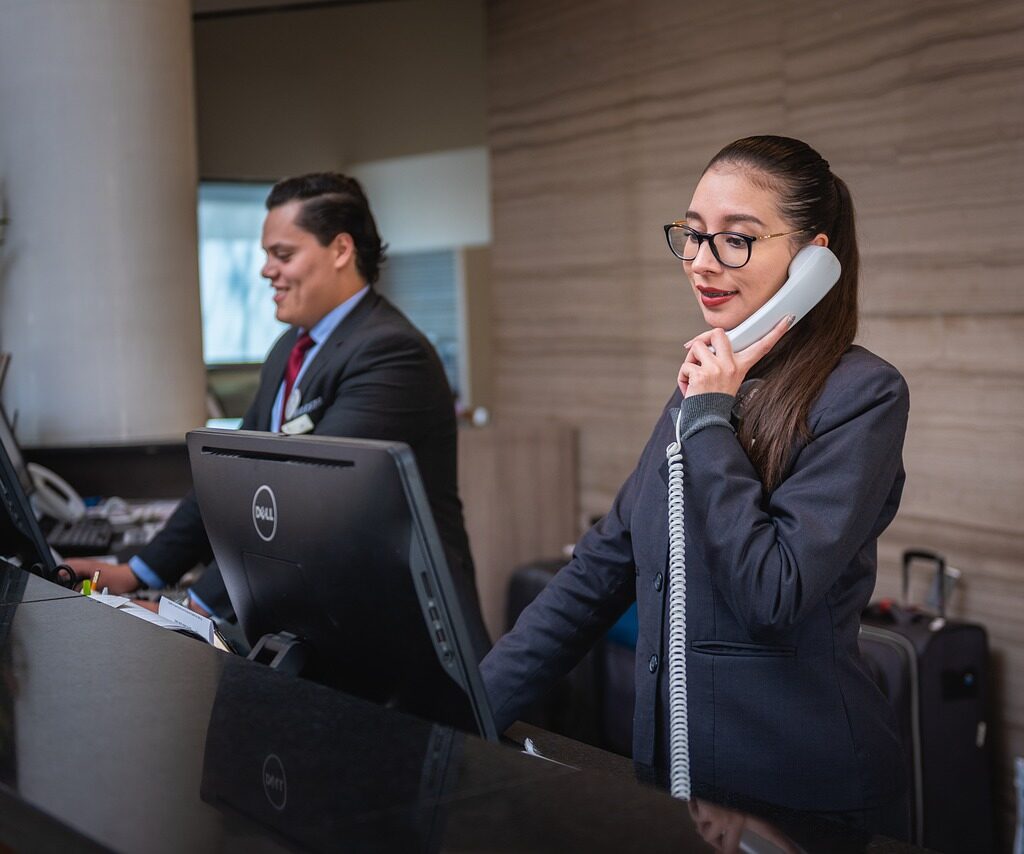
8. Improve User Experience (UX)
Ultimately, SEO is about creating a website that offers the best experience for users. Google rewards websites that provide high-quality, relevant content and a smooth user experience.
Tips for UX Optimization:
- Fast page load times: Ensure your website loads quickly by optimizing images and minimizing unnecessary scripts.
- Clear CTAs (Calls to Action): Your booking buttons should be easy to find and stand out on both desktop and mobile.
- Easy-to-use design: Simplify the navigation and ensure that visitors can easily find key information about your rooms, amenities, and booking process.

